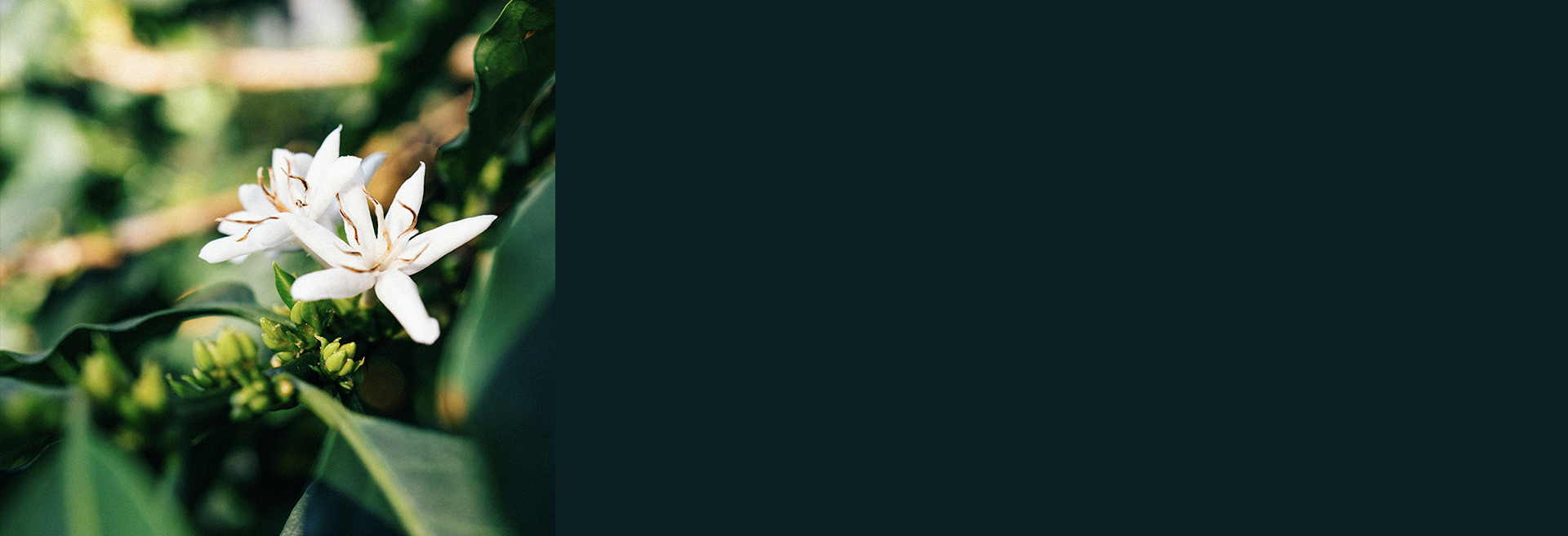Costa Rica
La Candelilla - Costa Rica
250g
QUALITY SCORE: 88.00
Cup Notes
Orange Blossom / Caramel / Dates / Nuts
Suggested for espresso and filter
when we roast
We freshly roast to order all coffees on Monday, Wednesday and Friday (excluding national holidays), and ship the same day! Cut-off time is 11:59pm (UTC+1) of the day before the roast day. *We only ship whole beans*
Details
- Quality Score
- 88.00
- Producer
- Sanchez Family
- Country
- Costa Rica
- Terroir
- Tarrazù
- Altitude
- 1500 mt
- Process
- Classic Natural
- Arabica cultivar
- Caturra
- Picked in
- January 2020
- Arrived in
- July 2020
- Shipped in
- Jute + GrainPro
- Roast profile by
- Rubens Gardelli
- Roasted on
- Customised solid-drum roaster
THE STORY BEHIND
La Candelilla Estate Tarrazù Coffee Mill is situated only 20 minutes away from San Marcos downtown, an area that reflects the history of the country. This region combines breathtaking scenery with great coffee and a rich history. Tarrazù is a rural community noted throughout the world for its traditional values and its leadership in growing fine estate coffees. This highland valley is also special because of its abundant natural beauty and bountiful resources. Majestic mountains, scenic forests, rolling hills and a lush valley characterize the land and provide a changing kaleidoscope of beauty both in the dry and rainy seasons.
The Estate - La Candelilla - has been named after the fireflies that light up the nearby creek on summer nights, it is the word that locals use to refer to fireflies in the region.
La Candelilla was the first independent mill created in Costa Rica in the 2000’s. The farmers in the region used to deliver their cherries to the huge neighbour Coope Tarrazu mill but in 1998,in the middle of the coffee crisis, they decided to add value to their product taking control of the process.
The farms and mill are run by 7 siblings covering 70 ha of planted coffee in total.
The pulp from wet mill is piled in one parcel before being used as organic fertilizer. Chemicals are used, but biodynamic techniques against pests are applied as well. The soil samples are sent to the national research center every year to adjust the fertilizing, the planting, etc. according to the results. Victor, one of the siblings who has been a coffee producer for 40 years, is part of the 3rd generation of coffee farmers. The new generation is already working along their parents, innovating and expanding the business.
THE VARIETY
Caturra coffee varietal was developed by the Alcides Carvalho Coffee Center of the IAC, Instituto Agronomico of the Sao Paulo State in Brazil.
In 1937, IAC received seed samples of genetic material originated on the border of the states of Minas Gerais and Espírito Santo. The samples came from Red Caturra and yellow Caturra cultivars. These two cultivars originated by natural mutation of Bourbon Red, originally a tall coffee shrub, found in the Serra do Caparaó , which is now a mountainous National Park north east of the city of Rio de Janeiro.
This is the first naturally occurred coffee mutation found, with small size and high yield capacity. Red and Yellow Caturra are characterised by the cherries sitting close to each other on the coffee shrub. These varietals have excellent cup quality, because they are very close genetically to the Bourbon varietal.
THE FERMENTATION PROCESS
Dry process seems simple: pick the fruit, lay it out in the sun until it turns from red to brown to near-black, and then hull off the thick, dried outer layer in one step to reveal the green bean. It is a method suited to arid regions, where the sun and heat can dry the seed inside the intact fruit skin.
It's often referred to as "natural coffee" because of its simplicity, and because the fruit remains intact and undisturbed, a bit like drying grapes into raisins. Since it requires minimal investment, the dry process method is a default to create cheap commodity-grade coffee in areas that have the right climate capable of drying the fruit and seed.
But it’s a fail in humid or wet regions. If the drying isn't progressing fast enough, the fruit degrades, rots or gets covered with mould.
Dry-processed coffees can also be wildly inconsistent. If you want a cleanly-fruited, sweet, intense cup, dry process (DP) takes more hand labor than wet process. Even the most careful pickers will take green unripe or semi-ripe coffee off the branch as they pick red, ripe cherry. If these are not removed in the first days of drying, the green turns to brown that is hard to distinguish from the ripe fruit.



